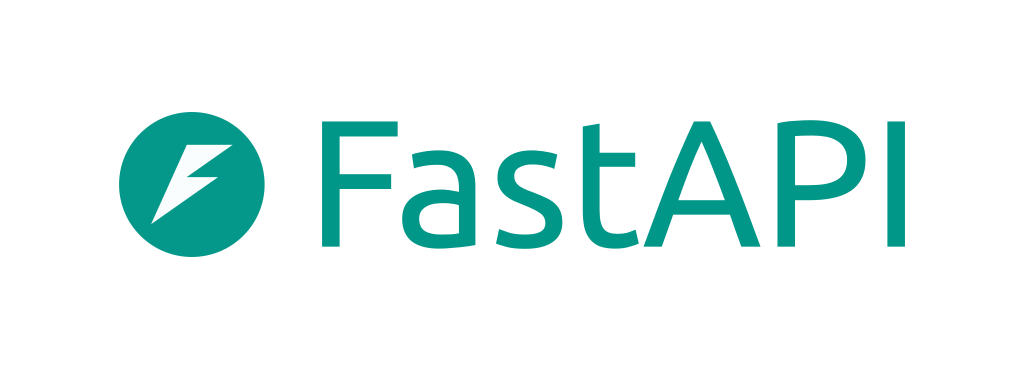
Look, there are basically three ways to make Claude and FastAPI play nice together. I've burned through all three approaches and here's what actually happens when you try to implement them in the real world.
Direct API Calls: Simple But You'll Hit Walls Fast
This is where everyone starts - your FastAPI app makes HTTP requests to Claude's API. Seems straightforward until you realize you're playing phone tag with an AI that sometimes takes 10 seconds to respond.
The Anthropic Python SDK handles most of the pain, but you'll still run into:
- Rate limits that kick in way sooner than you expect
- Timeout errors when Claude decides to think really hard
- Token counting hell (seriously, who thought variable pricing per token was developer-friendly?)
- Authentication challenges across different deployment environments
- HTTP status code mysteries when things go sideways
This approach works for simple "send prompt, get response" stuff. Building anything sophisticated? Good luck with that. For more complex patterns, check out LangChain integration patterns, async request optimization, and API gateway patterns.
MCP Integration: Looks Cool, Debugging Nightmare
Model Context Protocol is Anthropic's attempt to make Claude smarter by letting it call your APIs directly. The fastapi-mcp library makes this possible, and when it works, it feels like magic.
When it doesn't work (which is often), you're debugging:
- WebSocket connection issues between Claude Desktop and your MCP server
- JSON-RPC schema validation errors that give you zero useful information
- Authentication tokens that expire at the worst possible moment
- WebSocket connections that die silently
- MCP protocol debugging nightmares
The library hit #1 trending on GitHub. Apparently I'm not the only masochist trying to get this working. Similar patterns exist in OpenAI function calling, Semantic Kernel plugins, and LlamaIndex tools.
Hybrid Setup: For When You Hate Yourself
Combining both approaches sounds great in theory. In practice, you're managing two different authentication systems, debugging two different failure modes, and explaining to your team why the AI sometimes works and sometimes doesn't. This mirrors challenges in polyglot microservice architectures and multi-protocol API integration.
Auth Hell: The Part Everyone Skips in Tutorials
Getting authentication right is where most people give up. You've got API keys flying around in both directions, and both Claude and FastAPI have their own opinions about security.
For calling Claude from FastAPI, stuff your API key in an environment variable and pray your deployment doesn't accidentally log it. The official docs make it sound simple, but they skip the part where you realize `.env` files don't work the same way in Docker.
Pro tip: That ANTHROPIC_API_KEY environment variable? It needs to be available to your FastAPI process, not just your shell. Learned this one the hard way after spending an entire evening wondering why I kept getting 401 errors.
For MCP servers, Claude Desktop expects to connect to your API, which means more auth complexity. FastAPI's dependency injection can handle this, but now you're managing both outbound and inbound authentication. It's like playing security whack-a-mole.
When Things Break (And They Will)
State management in Claude integrations is where good intentions go to die. Claude doesn't remember anything between API calls unless you explicitly manage context. For MCP, you're dealing with stateless tool calls that somehow need to maintain conversation flow.
I've seen developers try to solve this with:
- Database sessions (adds latency, complicates deployment)
- In-memory caches (works until you restart the server)
- Redis (overkill for most use cases, adds another moving part)
- Session stores like Memcached or distributed caching
The dirty secret? Most production Claude integrations are basically stateless request-response cycles with some fancy prompt engineering to fake continuity.
Performance Reality Check
The docs won't tell you this, but Claude API performance is wildly inconsistent. Sometimes you get responses in 200ms, sometimes it takes 8 seconds. Your FastAPI timeout settings better account for this.
Rate limits hit faster than you expect, especially on the cheaper tiers. I learned this during a demo that went sideways because we hit our limit halfway through showing the client how "seamless" everything was.
FastAPI's async support helps, but you're still waiting for Claude to think. Streaming responses make the UX feel faster, but your backend is still blocked waiting for tokens to trickle in. Consider connection pooling, request batching, and async concurrency patterns.



